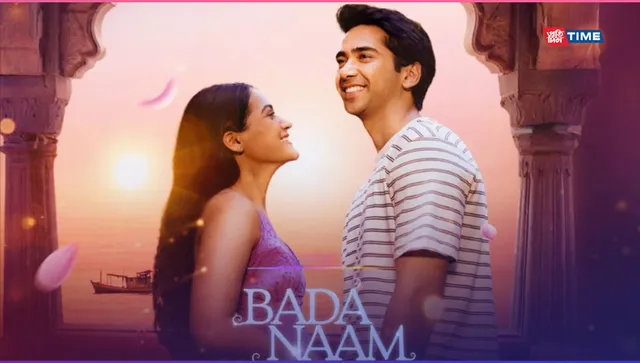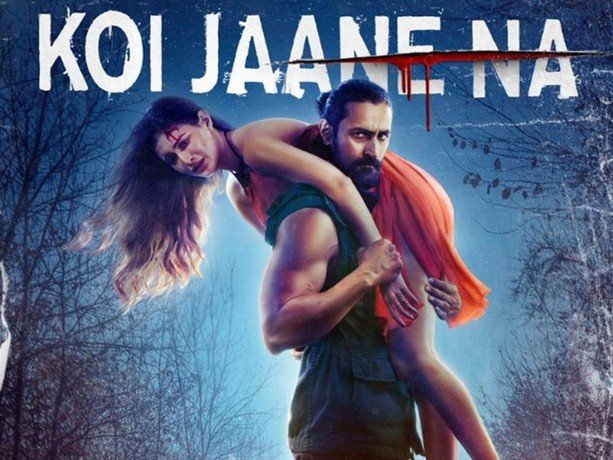A Nice Indian Boy: Exploring the Impact of a Modern Indian Cinema Classic

Introduction: The Charm of “A Nice Indian Boy” Movies
Indian cinema, known for its vast array of genres and unique storytelling styles, often delves into the complexities of culture, identity, and personal relationships. The phrase “A Nice Indian Boy” has become emblematic of a particular type of character often portrayed in Bollywood and regional films. These films often depict the quintessential “good boy,” someone who embodies virtues like respect, kindness, and humility. But as modern storytelling evolves, so does the portrayal of such characters. “A Nice Indian Boy” movies explore everything from generational expectations to identity struggles, tackling issues that resonate with audiences both in India and across the world.
In this article, we will explore the phenomenon of “A Nice Indian Boy” movies, examining the themes, impact, and evolution of these films within the broader scope of Indian cinema.
What Defines a “Nice Indian Boy”?
The Stereotype and Its Origins
The concept of the “Nice Indian Boy” can be traced back to the early days of Indian cinema, where films predominantly reflected the ideals of the traditional Indian family structure. In these films, the hero was often depicted as a young man who was respectful to his elders, dutiful towards his family, and rarely deviated from societal norms. These traits formed the core of what was considered the “ideal” Indian male figure.
Cultural Implications
The idea of a “Nice Indian Boy” is closely linked to the values of Indian society, where respect for elders, commitment to family, and a sense of responsibility are highly prized. The portrayal of such characters in movies resonates deeply with audiences who identify with the cultural emphasis on these qualities.
Popular Examples of “A Nice Indian Boy” Movies
Classic Films Depicting the “Nice Boy”
One of the earliest examples of the “Nice Indian Boy” archetype is found in films like Dilwale Dulhania Le Jayenge (1995), where the character of Raj, played by Shah Rukh Khan, encapsulates the charm and dutiful nature of the ideal Indian boy. Raj’s respect for his family and commitment to love and tradition have made him a beloved character for decades.
Other classic films like Kabhi Khushi Kabhie Gham (2001) and Hum Aapke Hain Koun..!(1994) also featured characters that fit into this mold, combining respect, sincerity, and loyalty with traditional values.
Contemporary Films with Modern Twists
In more recent years, filmmakers have experimented with the “Nice Indian Boy” archetype, often adding complexity to the character. Films like Bajrangi Bhaijaan (2015) and Kapoor & Sons (2016) introduced characters who are not only nice but also confront personal struggles, pushing the boundaries of what it means to be “nice.” These films tackle issues like emotional vulnerability, identity struggles, and the journey of self-discovery while maintaining the character’s inherent goodness.
See also: Bada Naam Karenge: A Modern Tale of Love and Tradition
The Characterization of the “Nice Indian Boy”
Traits and Characteristics
The “Nice Indian Boy” is typically characterized by qualities such as honesty, respect for traditions, a strong moral compass, and a desire to do good. They are often portrayed as idealistic, driven by a sense of responsibility toward family, friends, and society. In many cases, they are also shown as innocent, humble, and perhaps a bit naive in their interactions with the world.
Stereotypes and Limitations
While these qualities are celebrated, they also contribute to the stereotype of the “perfect” male. This can sometimes restrict the depth of the character, making them one-dimensional. The “Nice Indian Boy” often struggles with a lack of personal freedom, with their desires and ambitions being secondary to their familial obligations.
How “A Nice Indian Boy” Movies Address Family Dynamics
Parent-Child Relationships
A core theme in these films revolves around the relationship between the “Nice Indian Boy” and his parents. Parents, especially fathers, often have high expectations for their sons, particularly in the areas of career, marriage, and social status. These films portray the pressures faced by the protagonist to meet these expectations, which can lead to inner conflict and emotional turmoil.
The Pressure to Conform
The “Nice Indian Boy” often faces societal pressure to conform to traditional roles, be it in terms of career choice, marriage, or behavior. These expectations are frequently challenged in films, as the characters work toward balancing their desires with familial obligations.
Themes of Romance in “A Nice Indian Boy” Films
Relationships and Family Expectations
In romantic subplots, these films frequently explore the tension between the protagonist’s personal desires and his duty toward family. For instance, characters may fall in love with someone outside their social class or cultural expectations, leading to conflicts that force them to make difficult choices.
Breaking Free from the Mold
Films like Ae Dil Hai Mushkil (2016) and Jab Harry Met Sejal (2017) explore how the “Nice Indian Boy” navigates love and relationships, especially in the context of changing social norms. These movies present characters who, while still embodying traditional values, are also exploring their independence and romantic desires in more modern ways.
The Social Relevance of “A Nice Indian Boy” Movie
Changing Gender Roles
The portrayal of “A Nice Indian Boy” has evolved alongside shifting gender norms in Indian society. While traditionally seen as the “ideal man,” recent films challenge this notion by showing that the idealization of the male figure can be just as restrictive as the expectations placed on women.
Gender and Sexuality Representation
In films like Dear Zindagi (2016) and Shubh Mangal Zyada Saavdhan (2020), the concept of identity and sexuality is explored with greater sensitivity, allowing the “Nice Indian Boy” to question not only his role in society but also his sexual identity and emotional expression.
The Shift in Bollywood: From Stereotypes to Realism
Breaking Away from the Traditional “Nice Boy”
As Bollywood moves toward more diverse and inclusive storytelling, the portrayal of the “Nice Indian Boy” has undergone a transformation. Filmmakers are moving away from the stereotypical character and exploring more complex versions of masculinity. Characters are no longer defined by their adherence to traditional values but are instead portrayed as multi-faceted individuals with personal struggles, flaws, and desires.
Complexities of Contemporary Indian Masculinity
Films now depict “Nice Indian Boys” as individuals who are reconciling the expectations of masculinity with the realities of their emotions. This shift toward nuanced portrayals allows the audience to better understand the inner conflicts and growth these characters experience.
Impact of “A Nice Indian Boy” Movies on Indian Society
Reflection of Social Norms
The portrayal of the “Nice Indian Boy” often mirrors the social expectations placed on men in Indian society. These films can serve as both a reflection and a critique of these norms, sparking conversations about what it means to be a “good” man in modern India.
Audience Reception and Critique
While these movies are often popular with audiences, they also face critique from more progressive viewers who argue that such portrayals reinforce gender stereotypes. Nonetheless, the popularity of these characters suggests that they continue to resonate with large segments of the Indian population.
Critics’ Perspective: The Evolution of the Nice Indian Boy
Breaking Down Traditional Male Archetypes
Critics argue that the portrayal of the “Nice Indian Boy” needs to evolve further to reflect the complexities of modern Indian society. New narratives are emerging, focusing on men who challenge traditional roles, question societal pressures, and embrace vulnerability.
Challenges and New Narratives
While these changes are promising, the challenge lies in balancing tradition with contemporary issues. New narratives around masculinity, identity, and social justice continue to shape the future of “Nice Indian Boy” characters in Indian cinema.
Conclusion: The Enduring Appeal of the Nice Indian Boy in Cinema
The “Nice Indian Boy” character has been a cornerstone of Indian cinema, representing the ideal man as shaped by traditional values. However, as society continues to evolve, so too does the portrayal of this character in films. The “Nice Indian Boy” may no longer be limited to the perfect, dutiful son or the flawless romantic hero. Instead, he is becoming a more complex, multifaceted figure who must navigate the tensions between tradition and modernity, expectation and self-expression.
Despite these changes, the core appeal of the “Nice Indian Boy” remains strong—he embodies values that resonate deeply with audiences, serving as a mirror to society’s evolving understanding of masculinity, identity, and relationships.

